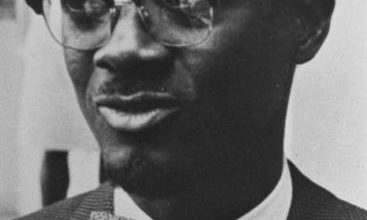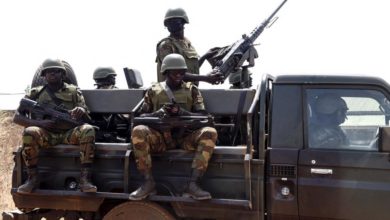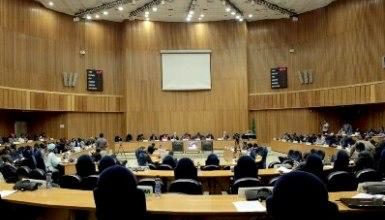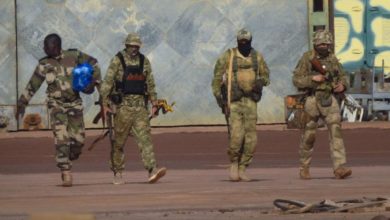South Africa reels from ‘worst’ floods
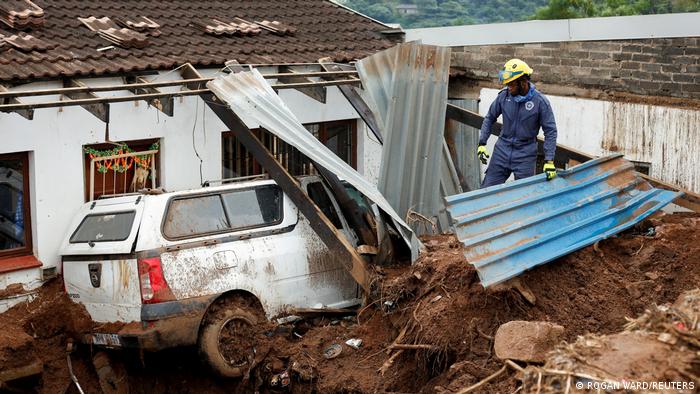
press/slma
By Adrian Kriesch (in Durban)
A member of the search and rescue team looks through debris in Dassenhoek near Durban,
South Africa is grappling with one of the biggest natural disasters in the country’s history. Floods killed more than 400 people and destroyed thousands of homes.
Lungile Nene is still trying to come to terms with what happened. She walks through what remains of her family home in the Ntuzuma township in Durban.
She was inside their house when the soil started moving, collapsing half of it and killing her 10-year-old cousin Azanda.
“It felt like my heart broke in 1,000 pieces,” Nene says while fighting back the tears and going through Azanda’s recovered school bag. “She was a bubbly girl, joyful, always happy.”
Last week’s floods completely washed away Nene’s neighbor’s house. Its occupants were an old lady with her three grandchildren. Rescuers pulled out one of the children, covered in the rubble. But, tragically, all the others passed away. The youngest one was just two years old.
Südafrika Überschwemmungen nach Unwettern
Many residents have been left without basic needs, such as clean drinking water
At least 4,000 homes destroyed
Days of heavy rains on South Africa’s eastern coast left at least 448 people dead when rivers burst their banks and mudslides swept through the city of Durban and the province of KwaZulu Natal.
The waters washed away roads and bridges.
Nearly 4,000 homes were destroyed, and more than 600 schools were affected.
Sachin Harisunker’s company, Grindrod Intermodal, stored about 1,500 shipping containers at a depot near the port. He says the floods swept away hundreds of them like toys, blocking roads and damaging bridges. Harisunker and his team are now trying to recover them. But he faces another challenge.
“What added to this atrocity is the looting,” Harisuker told DW.
“They raided the offices, stole computers. Microwaves, fridges, spares. They even cut off all the cables. Whatever they could salvage, they took,” the logistics manager said, adding that it was heart sore.
“All our hard work. But it is what it is, and we just have to rebuild from here.”
Südafrika Überschwemmungen nach Unwettern
The torrential rains have caused massive destruction to infrastructure
Climate change to blame
While visiting a school-turned-shelter, South Africa’s President Cyril Ramaphosa blamed changing weather patterns for the natural catastrophe.
“This disaster obviously is part of climate change,” Ramaphosa said, vowing to rebuild damaged infrastructure and assist the flood victims by providing basic necessities.
“It is telling us that climate change is serious. It is here,” Ramaphosa said. “We no longer can postpone the measures we need to take to deal with climate change. Our disaster management capability needs to be at a higher level.”
President Ramaphosa declared a national state of disaster to deal with the emergency. He also promised to deploy up to 10,000 soldiers to help in the flood relief and restore power and water supply.
he government also announced more than 1 billion rands (€60 million, $65 million) worth of relief funds. However, Ramaphosa issued a stern warning over corruption.
“There must be transparency and accountability right from the beginning,” Ramaphosa said during a speech to the nation. “Not after the money has either been wasted or stolen.”
Corruption and mistrust persist
But in Ntuzuma, Lungile Nene doubts the government will fulfill what it has pledged. She found shelter at her grandmother’s home and now even questions whether she would receive any help from the government.
Her mother is also pessimistic, telling DW that she doesn’t expect much to change: A few people will get rich, and the needy won’t get help.
“They will buy blankets for 200 rand and pocket 500 from the government. We have seen that many times,” she said, referring to the multiple corruption cases concerning pandemic relief funds.
Neighbour Lebo Mokoena says some are still waiting for promised compensation and new houses from the government after heavy flooding in 2019.
“We are pleading for assistance,” he said. “We don’t want empty promises again.”
Südafrika Johannesburg 2021 | Zondo Commission of Inquiry | Cyril Ramaphosa, Präsident
President Cyril Ramaphosa blames climate change for the natural disaster
Perennial floods
During this time of the year, heavy rainfalls and floods are not uncommon in this part of South Africa. In 2019, floodwaters killed 85 people. But this time, the amount of rain that poured down was more than double that of previous years.
“We were all surprised by the magnitude of this storm,” Durban’s mayor, Mxolisi Kaunda, said. On April 11, the port city received almost 300mm of rainfall in 24 hours. In comparison, it received 165 mm of rain three years ago over the same period of time.
Scientists say severe and extreme weather events in the region are becoming more frequent due to climate change.
In the past years, other Southern African countries like Mozambique, Zimbabwe, and Madagascar have faced massive destruction due to tropical storms. As a result, the floods displaced thousands of people.
Edited by: Chrispin Mwakideu and Ineke Mules
Source: DW


